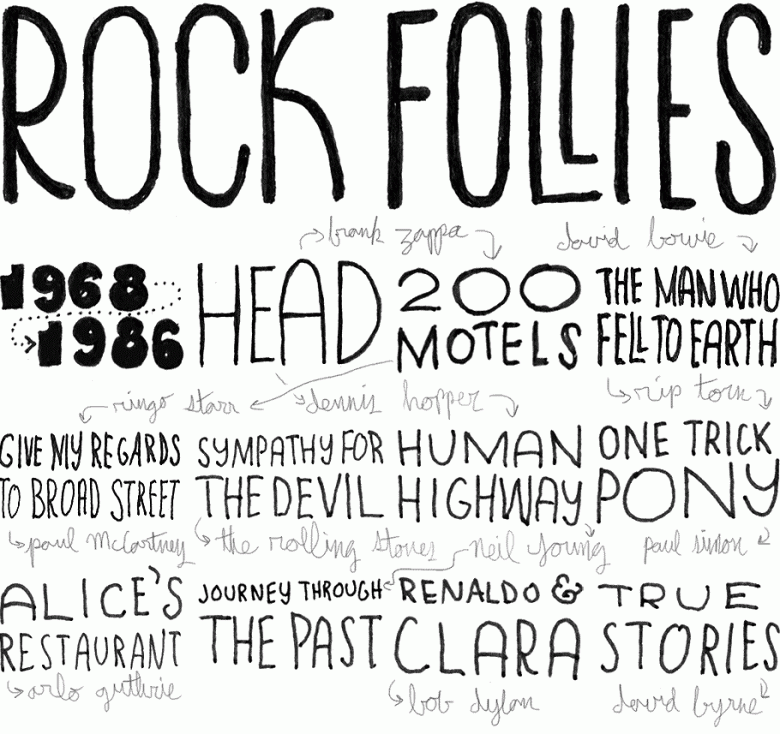Credits
Feature by: Megan Weireter, Leo Goldsmith, David Carter, Evan Kindley, Jonathan Foltz, Tyler Wilcox, and Bernardo Rondeau
Posted on: 06 December 2010
External links:
In the kingdom of rock’n’roll cinema, there are many phyla. These include the assorted varieties of rock documentaries and concert films (Woodstock, The Last Waltz, Stop Making Sense); biopics of real rock stars (Great Balls of Fire!, The Buddy Holly Story, The Doors); portraits of fictional rock stars (This Is Spinal Tap, Hedwig and the Angry Inch); and movies that just happen to feature a rock musician or two (see the inglorious filmographies of Sting, Mick Jagger, David Bowie, Ringo Starr, and many others). Any one of these – along with a whole lot of less distinguished titles – might show up in a late night screening on VH1 or on a double feature at some college town’s repertory theater. Together, they form a rough-and-ready canon, with its undisputed classics (D.A. Pennebaker’s Don’t Look Back) and its infamous turkeys (Sgt. Pepper’s Lonely Hearts Club Band).1
But the question of what the movies have made of rock’n’roll is a different one from what rock’n’roll made of the movies. “Rock movie” is not just another genre among others, in the same way as, say, “horror” or “science fiction” are. Put it this way: monsters and space aliens never started making their own films; rock musicians did. Of course, it took some time for rockers to make the transition from novel subject matter to respected creators. “From the fifties on, Hollywood has always kept rock at arm’s length even as it sought to jump on the bandwagon,” writes Howard Hampton in “Everybody Knows This Is Nowhere,” his brief history of rock’n’roll in the movies. “It tried to cash in on the youth-cult explosion while muffling it with the wet blanket of show-business-as-usual.”2 As Hampton rightly emphasizes, films like Frank Tashlin’s The Girl Can’t Help It and the eternal parade of Elvis movies – camp classics though some of them are – were not really “rock movies” so much as garden variety Hollywood movies that happened to feature rock’n’roll stars, focus on the world of rock music, or court the teenage rock-listening audience. If consumer trends had gone in a different direction, we might have had a spate of calypso or polka movies without the general structure and tone of the resulting films being much affected.
In Hampton’s estimation, the Beatles’ A Hard Day’s Night was “[t]he first rock movie to display a sensibility equal to the music itself […] Borrowing from the freewheeling innovations of À bout de souffle and Bande à part, A Hard Day’s Night epitomized a playfully irreverent style […] that captured the joy and irony of pop life while evoking their evanescence.”3 It’s true that Lester borrowed techniques from Godard and other avant-garde European directors, popularizing their radical innovations for a mass audience by tethering them to a proven pop commodity (the Fab Four). Even more important, though, A Hard Day’s Night introduced a new phenomenon into the firmament of film: the Rock Band (or Star) as Auteur. However much or little the Beatles themselves may have had to do with the scenario of the film, it was received and treated as an expression of their collective creativity and cultural significance. This opened the floodgates: after A Hard Day’s Night it was only a matter of time before making movies became a standard aspiration for rock and pop stars. And not just playing in the background of a party scene or doing The Clam at a beach party, but also conceiving and crafting vehicles built around their particular personae, films which would function not only as cash-ins or glorified advertisements but as expressive, ambitious Works of Art every bit the equal of what they were striving to achieve in the musical realm. The emergence of the New Hollywood, largely made up of music-mad baby boomers eager to give their pop heroes carte blanche to reinvent the medium of cinema (or go bankrupt trying), ensured a steady stream of such projects from roughly 1968 – the year of the Monkees’ Head and the Rolling Stones’ Sympathy for the Devil – through to the mid-80s, when the spell finally began to wear off.
The eleven films we’ve chosen for this feature seem to have little in common other than high spirits, overweening pretentiousness, uneven acting, and the recurring presence of the kind of character actor likely to pop up in David Lynch or Coen Brothers films (M. Emmet Walsh, Dean Stockwell, Harry Dean Stanton, John Goodman: take a bow).4 Some were relatively low-budget independently financed productions made outside the American studio system, like Frank Zappa’s 200 Motels or Bob Dylan’s Renaldo & Clara; others were studio films with rock stars in crucial creative positions. Some feature their auteur/stars front and center, lavishing them with loving close-ups – it’s impossible to imagine Paul Simon’s One Trick Pony or Paul McCartney’s Give My Regards to Broad Street without those performers in the leads – while others, like Motels or David Byrne’s True Stories, relegate them to the sidelines. In keeping with rock’s dual identity as the music of authentic youth culture expression and outsized wish-fulfilling fantasy, some of the films are quasi-documentaries, others highly artificial, still others attempts at an elaborate mix of the two.5
Are these “Rock Follies” any good? It’s a difficult question to answer, especially for those with an attachment to the musicians and the mythologies that is a prerequisite to any full appreciation of such films. Many of them were derided on initial release as vanity projects or the work of dilettantes and amateurs, and it has to be admitted that, by certain standards, they are. Most were commercial failures or, at best, cult successes, which is where the “folly” comes in: replicating the popular impact of A Hard Day’s Night turned out to be more difficult than it looked (even for the Beatles). Some are, not to put too fine a point on it, for fans only. But though it certainly helps to care something for the musicians at the center of these freewheeling, often chaotic three-ring circuses, each of these projects reflects a certain crazed Fitzcarraldian determination – often intertwined, it’s true, with monumental narcissism – that recommends them to all admirers of daring, ambitious, passionate, unorthodox cinema.
Introduction by Evan Kindley
- The history of the “rock movie” genre in this expanded sense has been chronicled many times, most recently in Garry Mulholland’s Popcorn: Fifty Years of Rock ‘n’ Roll Movies. ↩
- Howard Hampton, Born in Flames: Termite Dreams, Dialectical Fairy Tales, and Pop Apocalypses (Harvard University Press, 2007), p. 144. ↩
- Hampton, p. 149. ↩
- Rip Torn and Dennis Hopper also pop up twice each, and über-character actor Stephen Tobolowsky – Groundhog Day fans may know him as “Ned Ryerson” – even had a hand in the script of True Stories. ↩
- The documentary aspect is not incidental, I’d argue, but key to the appeal of these films: if nothing else, their very existence proves that fans of these musicians will watch them do pretty much anything (a truth Jean-Luc Godard himself realized and exploited early on by putting Rolling Stones aficionados through the somewhat grueling ordeal of watching multiple incomplete takes of a single song). ↩
By Megan Weireter, Leo Goldsmith, David Carter, Evan Kindley, Jonathan Foltz, Tyler Wilcox, and Bernardo Rondeau ©2010 NotComing.com
Reviews
-

Head
1968 -

Sympathy for the Devil
1968 -

Alice’s Restaurant
1969 -
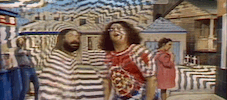
200 Motels
1971 -

Journey Through the Past
1972 -
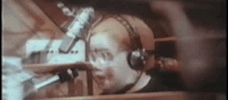
Human Highway
1982 -
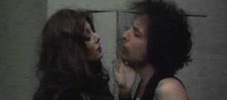
Renaldo and Clara
1978 -
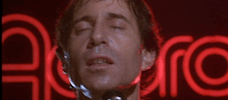
One Trick Pony
1980 -
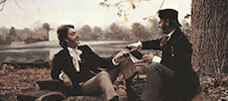
Give My Regards to Broad Street
1984 -

The Man Who Fell to Earth
1976 -
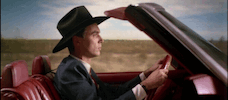
True Stories
1986
We don’t do comments anymore, but you may contact us here or find us on Twitter or Facebook.



